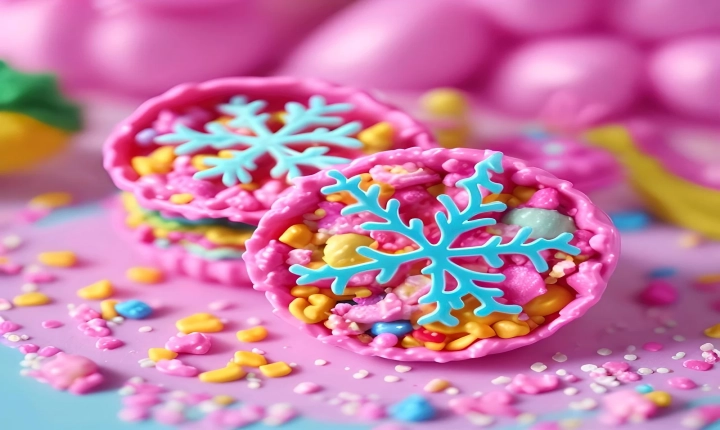AI (artificial intelligence) has been making significant advancements in various fields, including animation. Animation, the process of creating the illusion of movement using static images, has traditionally been a time-consuming and labor-intensive task that requires skilled artists and animators. However, with the development of AI-powered animation tools, the process is becoming more efficient and accessible to a broader range of creators.
One of the most significant contributions of AI to animation is in the area of character animation. Traditionally, animating characters and giving them lifelike movements has been a demanding task, requiring a deep understanding of anatomy and movement. However, AI algorithms have been developed that can analyze and replicate human movement, allowing for more realistic character animation. These algorithms can also be trained to generate new movements based on existing data, making the animation process faster and more adaptable.
In addition to character animation, AI is also being used to automate the process of generating background elements and visual effects. This can significantly reduce the time and effort required to create complex and dynamic animated scenes. AI-powered tools can generate natural-looking landscapes, simulate physical phenomena like fire, water, and smoke, and add visual effects such as lighting and particle effects. This automation allows animators to focus more on the creative aspects of their work, rather than the technical details of generating complex visual elements.
Another area where AI is making an impact in animation is in the creation of procedural animation systems. These systems use AI algorithms to generate animations based on a set of rules and parameters, allowing for the creation of dynamic and varied animations without the need for manual keyframing. This technology is particularly useful in areas such as gaming and visual effects, where a high volume of animations needs to be produced in a short amount of time.
While AI is certainly revolutionizing the animation industry, it’s important to note that it is not a replacement for human creativity and intuition. AI-powered tools can assist animators and streamline the animation process, but they cannot replace the artistic vision and storytelling skills that animators bring to their work. Additionally, AI still requires human input and guidance to ensure that the animations generated meet the desired creative objectives.
As AI continues to advance, we can expect to see even more sophisticated and nuanced applications in the world of animation. From creating lifelike characters to automating complex visual effects, AI is proving to be a powerful ally in the animation industry, offering new possibilities for creativity and efficiency. As animators continue to embrace and integrate AI into their workflows, we can anticipate a future where animation becomes more accessible, dynamic, and inventive than ever before.
